Dear Reader (2023-07-02),
There was a time sensitive task I wanted to complete. I have also been working on some materials experiments for the next iteration of Time Frame. Then there was a small problem of too much, and too little to tell.
In today’s post we leave Constanta and the Black Sea, and begin our travels up the Danube. As usual there was the challenge of curating a collection that is engaging for me, and I hope for you. My current self-imposed constraint is that a set of images has some multiple of 6 to a maximum of 24 images. By the way, the more time I spend editing, the more I am aware that my mood plays a much larger role in the process than I usually acknowledge, especially when it comes to “What is a good image?” Now there is a lily pad we can save for a swamp visit on another day.
As per the previous posts in the series, this is the point where you may want to read on, or scroll to the images. The background text sections cover:
~ What Is A Jackdaw
~ Canola vs Rapeseed
~ Bulgaria
~ Danube – Black Sea Canal
~ Veliko Tarnovo, Bulgaria
~ Arbanasi, Bulgaria
What’s A Jackdaw [1] (and why is it relevant to this series)
This section is in response to a reader’s question.
“Jackdaws are pleasing corvids to watch. Solemnly and methodically, they stalk the lawn, unhurried in their search patterns, neat and tidy and dignified in their bearing. They like manmade structures, and shiny things. Formerly a nuisance as they favoured chimneys for their twiggy bundles, they’re less troublesome in the era of central heating and their liking for church steeples has long been indulged.
“Jackdaws love people, and probably because they love eye contact people and jackdaws get on – there’s a certain empathy between them. Many are the stories told by individuals who scooped up stranded fledglings in need and were rewarded with a bemusing trust and friendship. Jackdaws recognize human faces and respond to human expressions.
Even though it is frequently becoming too peoplely outside, I quite like people. I just don’t want to deal with them – that of course does not mean you dear reader.
Canola vs Rapeseed [2]
This section is in response to a reader’s comment.
“Canola is a cultivar of rapeseed. In particular Canola oil is a food-grade oil developed in Canada derived from rapeseed cultivars specifically bred for low erucic acid content. It is also known as low erucic acid rapeseed (LEAR) oil. Erucic acid, in laboratory studies has been shown to be damaging to the cardiac muscle of laboratory animals.
Bulgaraia [3]
SIZE: 42,810 square miles almost half the size of the UK
POPULATION: 6.8 million (Current estimate) [4]
LANGUAGE: Bulgarian (official); also Turkish, Roma
CURRENCY: The Bulgarian lev (BGN)
GEOGRAPHY: Around 30% of the land is made up of plains, while 41% consists of plateaus and hills. Mountainous areas also characterize the country, with the Rila and Pirin Alpine ranges in the southwest and the larger Rhodope Mountains to the east. The Balkan Mountains run east to west across the center of the country. Bulgaria has a network of 540 rivers stretching across the country, the largest of which is the Danube. The climate is temperate with cold, damp winters and hot, dry summers.
RELIGION: 60.4% Eastern Orthodox; 7.8% Islam; 32.8% none/other
ETHNIC GROUPS: 76.9% Bulgarian; 8% Turkish; 4.4% Romany; 10.7% other
GOVERNMENT: Bulgaria is a parliamentary democracy led by a prime minister
EU: Member since 2007 (Same as Romania)
COST OF Living: Bulgaria is the 4th cheapest country in Eastern Europe (9 out of 12) [5]
GDP: USD 89.04 Billion (2022) [6]
INCOME INEQUALITY: The growth process in Bulgaria has resulted in increasing inequality, and now the country has the most unequal distribution of
disposable income in the EU [7]
Danube – Black Sea Canal [8-10]
The Danube River flows 1,788 miles from its springs in Germany’s Black Forest to the Black Sea. Just before reaching the sea it forms the second largest and best preserved of Europe’s deltas[8]. The first real attempt at creating at navigable canal between the two occurred between 1949 and 1953. The labour pool, at Stalin’s suggestion, was political detainees and perceived enemies of the state. Over 6,300 of those detainees died during those 5 years, and the canal became known as the “Death Canal”. We glimpse the remains of what look like penal colonies as we drift-at-speed up the canal. In June 1973, Nicolae Ceaușescu restarted the project, which was completed in 1987.
Before our trip I knew nothing of the canal’s existence let alone its history. So how does the Danube-Black Sea Canal compare to the Suez and Panama canals? I’m glad you ask, because I asked the same question.
Panama Canal [11]
Length 82 km
Volume of dirt excavated (36 million cubic meters, which includes the French excavation)
Number of Number of Locks 3 up and 3 down for a total of 6
Completed 1914
Suez Canal [12]
Length 193 km
Number of locks – na as canal is a sea-level waterway
Volume of dirt excavated over 75 million cubic meters
Number died < 3000
Completed – 1869
Danube – Black Sea Canal [10]
Length – 64 km (main channel) 31.2 km (northern channel)
Volume of dirt excavated over 381 million cubic meters (more than Panama and Suez canals combined)
Completed 1987
Veliko Tarnovo, Bulgaria [13]
The city of approximately 71,000 (2021) is one of the oldest settlements in Bulgaria, with a history of more than five millennia. It is often referred as the “City of the Tsars”, and is famously known as the historical capital of the Second Bulgarian Empire, attracting many tourists with its unique architecture. The old part of the town is situated on three hills, Tsarevets, Trapezitsa, and Sveta Gora.
We have a delightful though linguistically fragmented conversation with a couple from whom we bought an icon. He is the artisan, and is pleased to show us that he is in a book of Bulgarian crafts people. She is the one who tries to manage their business. It was mid-morning on what looked like a slow day, and his breath smelled of the morning’s vodka. Photographically, Veliko Tarnova is a another source of contrasts.
Arbanasi, Bulgaria
The village, can be likened to a Bulgarian version of Calgary’s Heritage Park. Arbanasi has has become a bit of a tourist trap, due in part to its ability to handle bus loads of people. That said it has a wonderful Eastern Orthodox Church church where the use of any camera is forbidden. It also has a museum house, which demonstrates the Ottoman (Ottoman Empire: 14th though to early 20th centuries) influence on how people lived in that area during the 1700s and 1800s.
Notes on Photos
~ 01 – Entering the Danube
~ 02 – Yes our boat is always that close to the lock sides
~ 03 – Cable stays of a bridge processed as a high key image
~ 06-17 – Veliko-Tarnovo
~ 18 – As I mentioned Arbanasi was a bit of a tourist trap
~ 19 – Mum would have loved the wisteria
~ 20-21 – Through a bus window
~ 22 – Through a boat lounge window
~ 23 – Through a bus window for Bernd and Hilla Becher
~ 24 – Drifting-At-Speed
References
[1] quoted and adapted from https://www.countrylife.co.uk/nature/jackdaw-bird-just-loves-people-178185
[2] quoted and adapted from https://en.wikipedia.org/wiki/Rapeseed_oil
[3] adapted from printed Viking daily information sheet – no link
[4] https://www.worldometers.info/world-population/bulgaria-population/
[5] https://www.expatistan.com/cost-of-living/country/bulgaria
[6] https://tradingeconomics.com/bulgaria/gdp
[7] https://databankfiles.worldbank.org/public/ddpext_download/poverty/33EF03BB-9722-4AE2-ABC7-AA2972D68AFE/Global_POVEQ_BGR.pdf
[8] adapted and quoted from https://romaniatourism.com/danube-delta.html
[9] https://www.bloomberg.com/news/features/2019-10-27/the-canal-of-death-is-now-an-economic-gateway-for-eastern-europe
[10] adapted and quoted from https://en.wikipedia.org/wiki/Danube%E2%80%93Black_Sea_Canal
[11] https://en.wikipedia.org/wiki/Panama_Canal
[12] https://www.issmge.org/uploads/publications/1/30/2001_03_0140.pdf
[13] quoted and adapted from https://en.wikipedia.org/wiki/Veliko_Tarnovo
You are welcome to share a link to this page with others.
As always, all comments are welcome and sought.
Cheers, Sean
My note on privacy can be found under the “About” menu item, and if you would like to subscribe to this blog please enter your email.
.
All rights for all material on any media reserved – © Sean P Drysdale 2017-2025
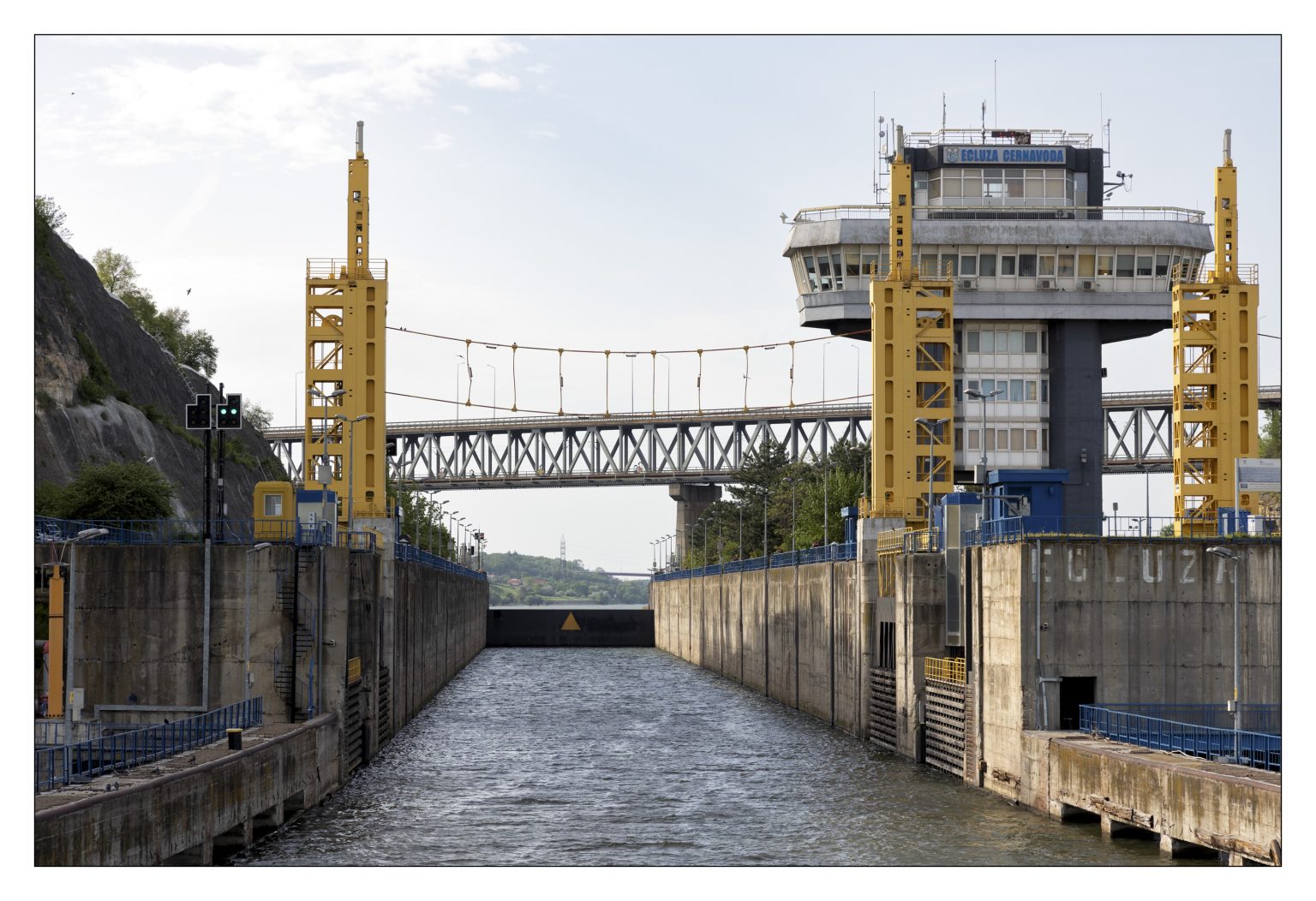
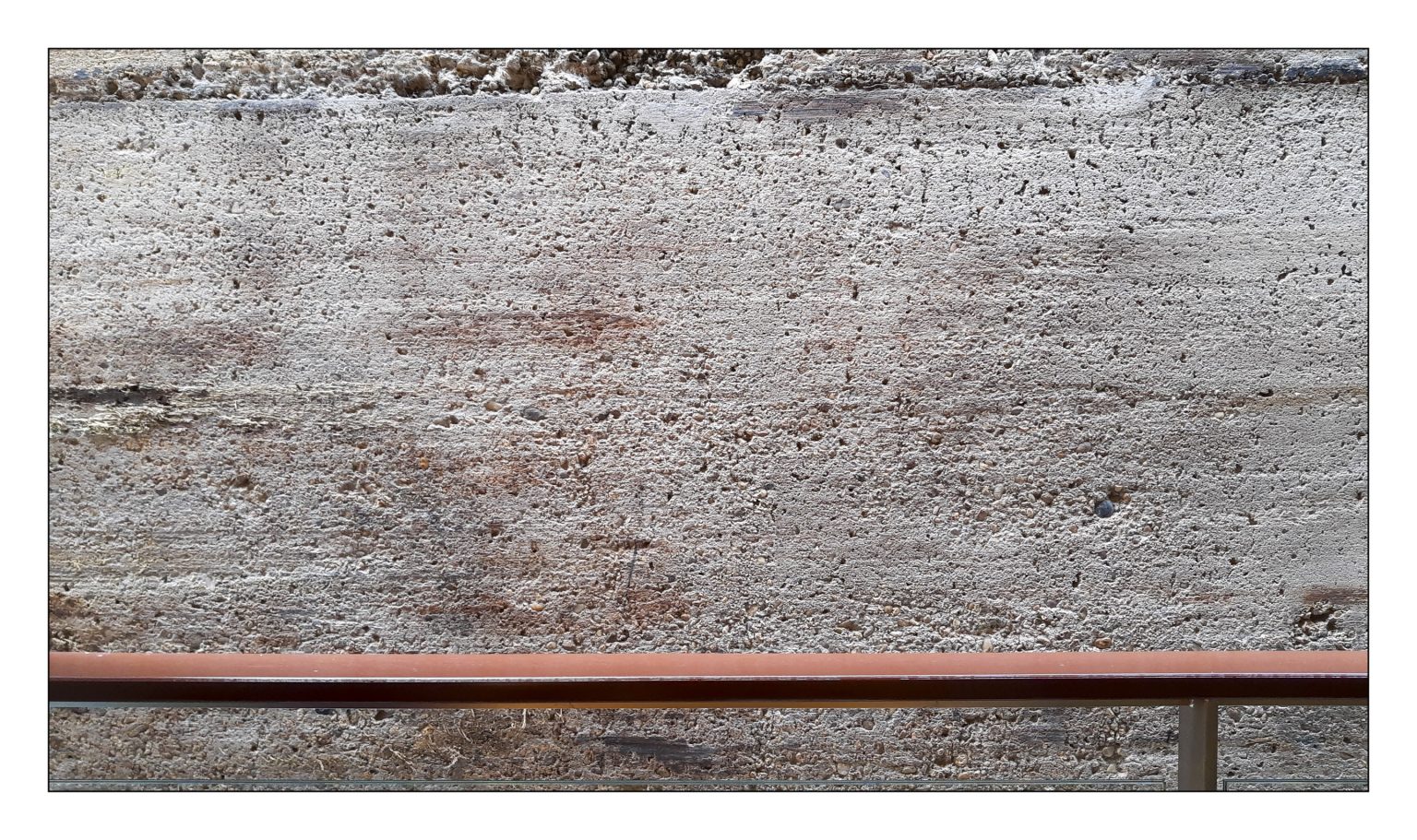
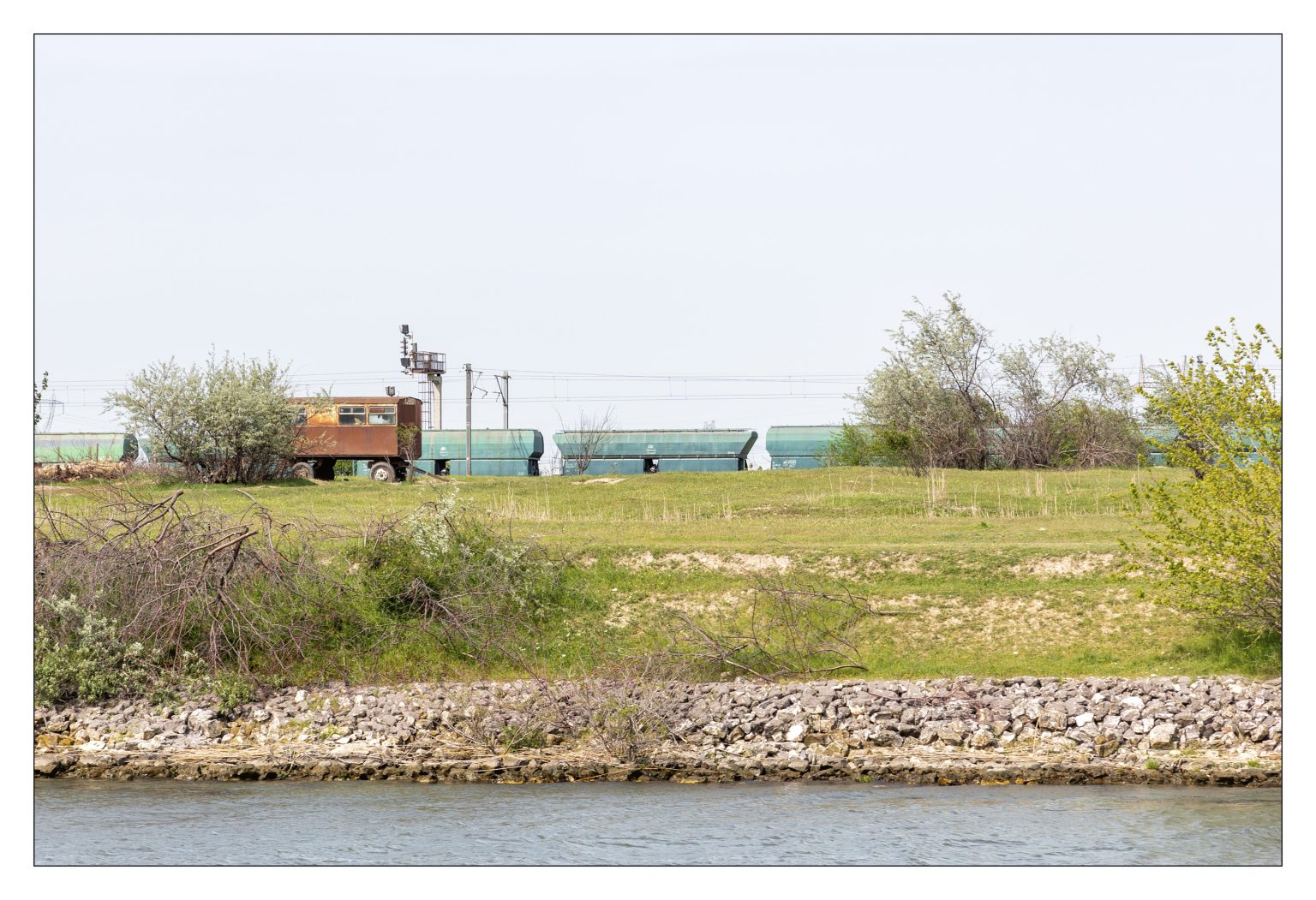
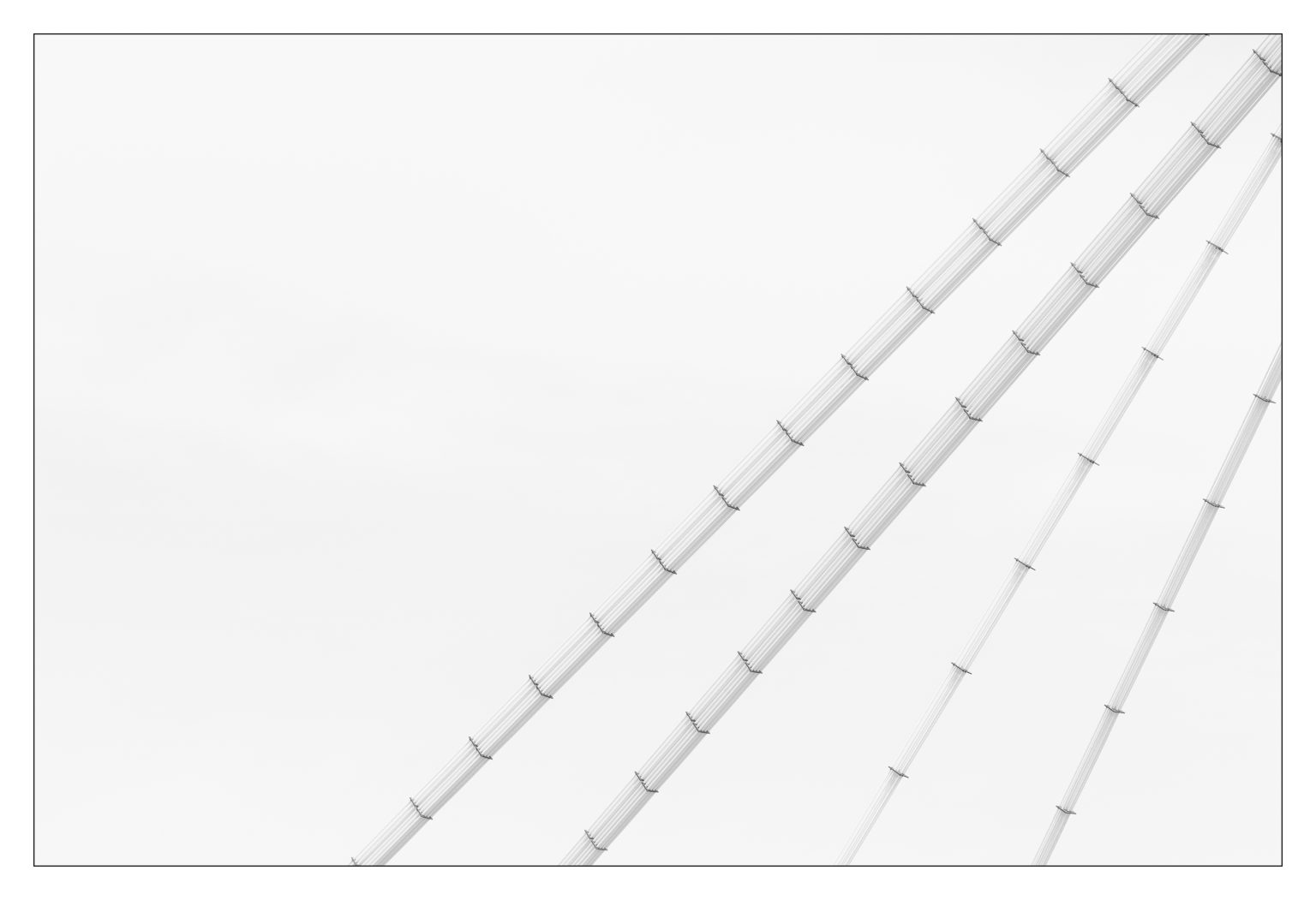
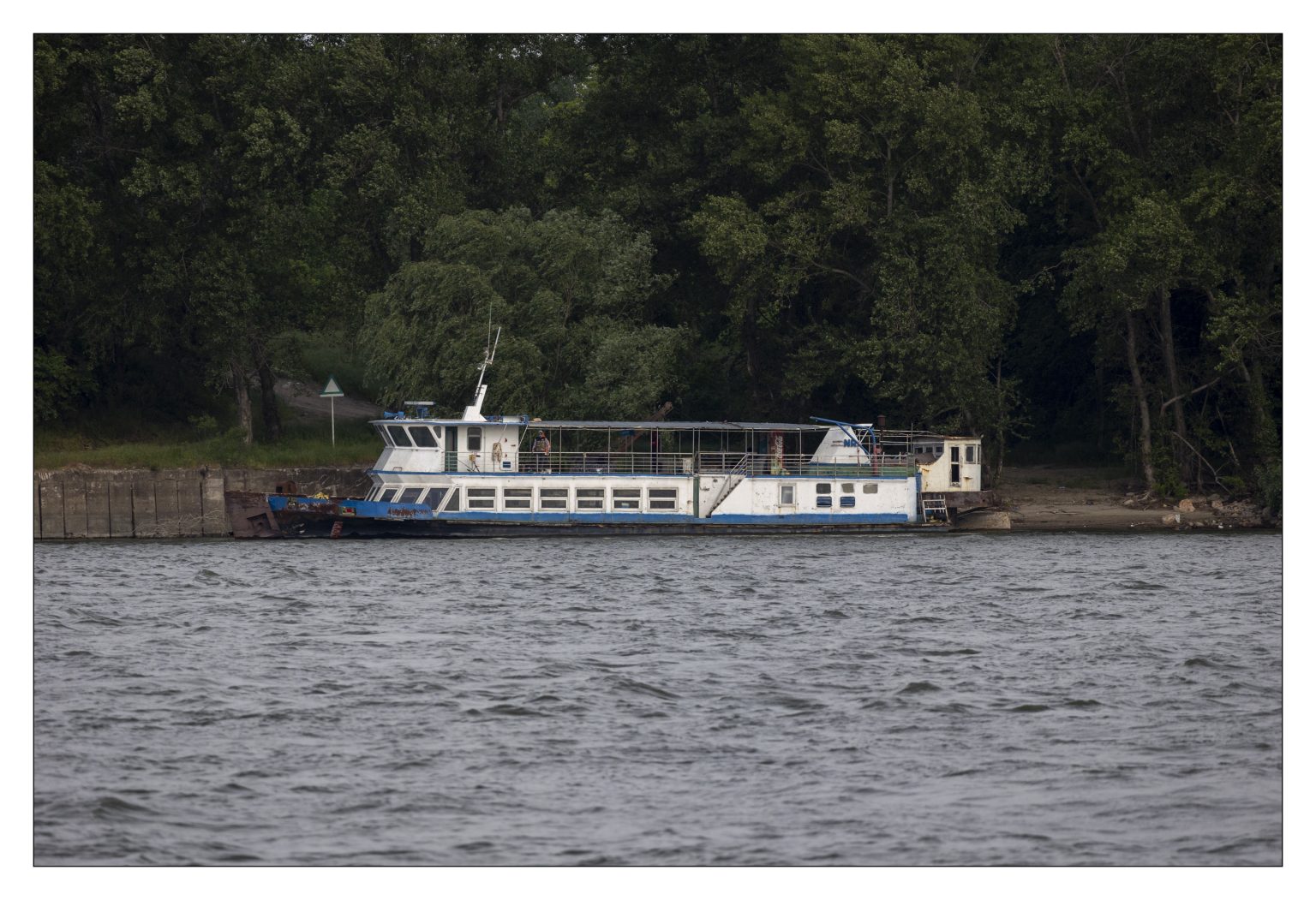
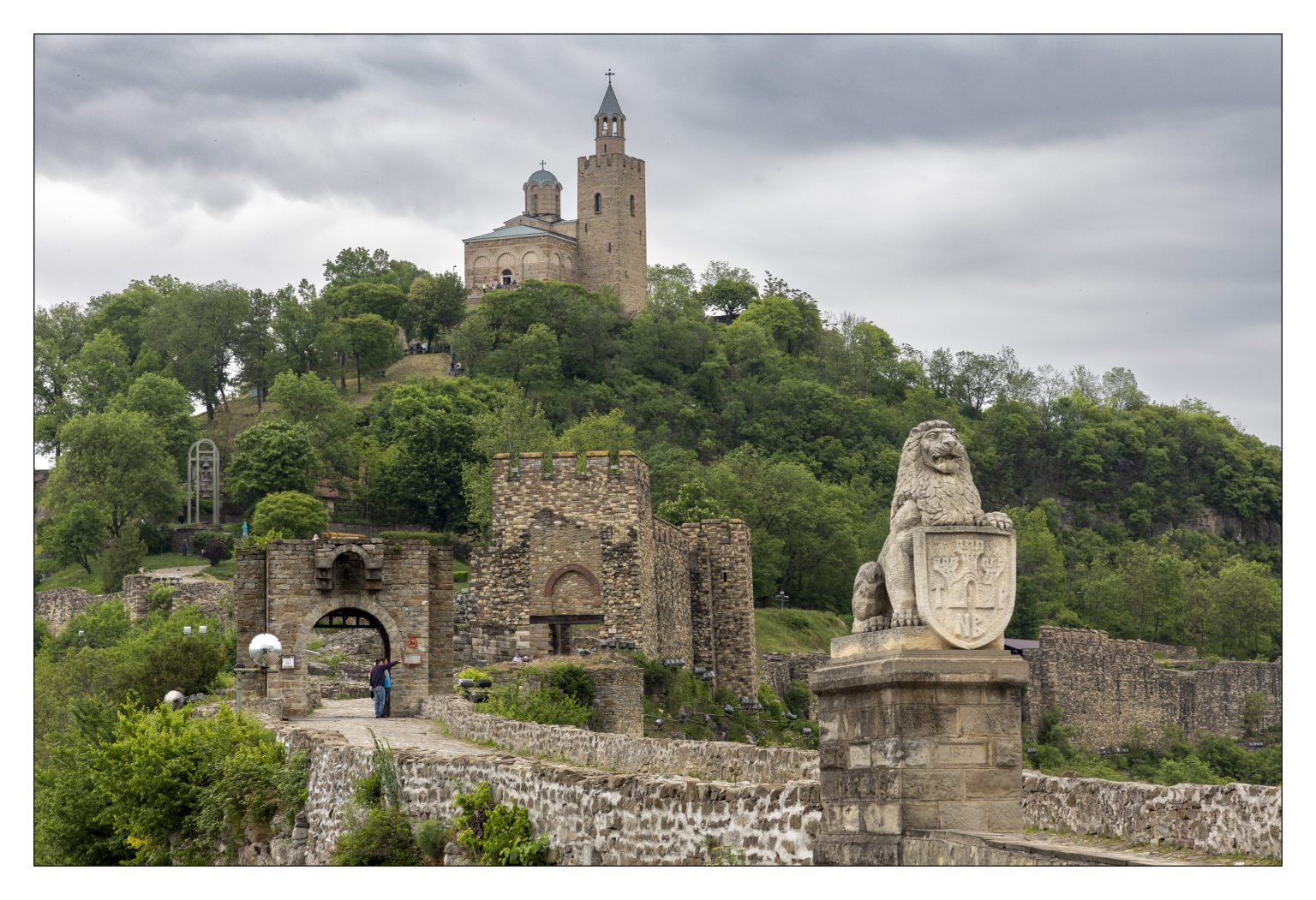
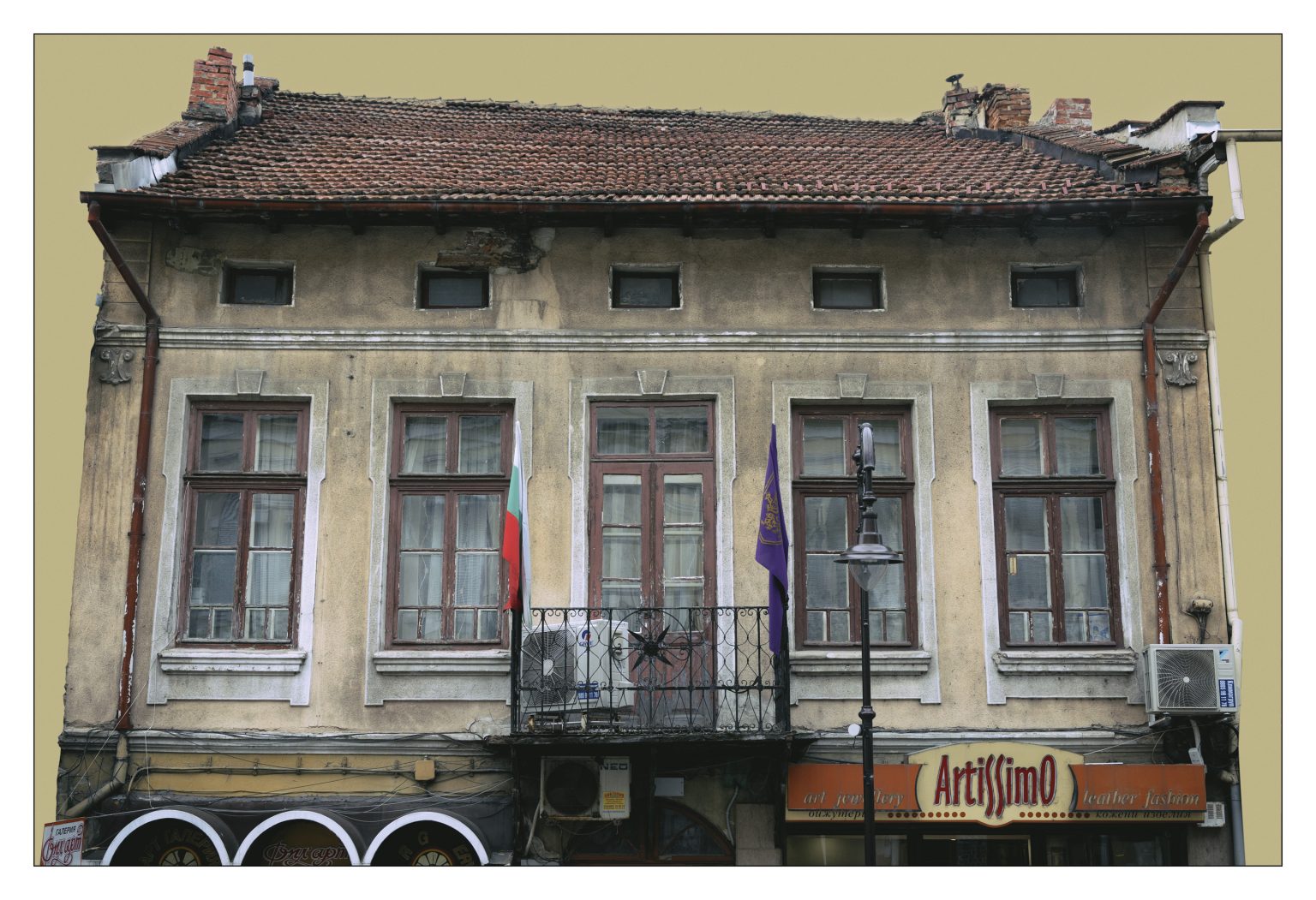
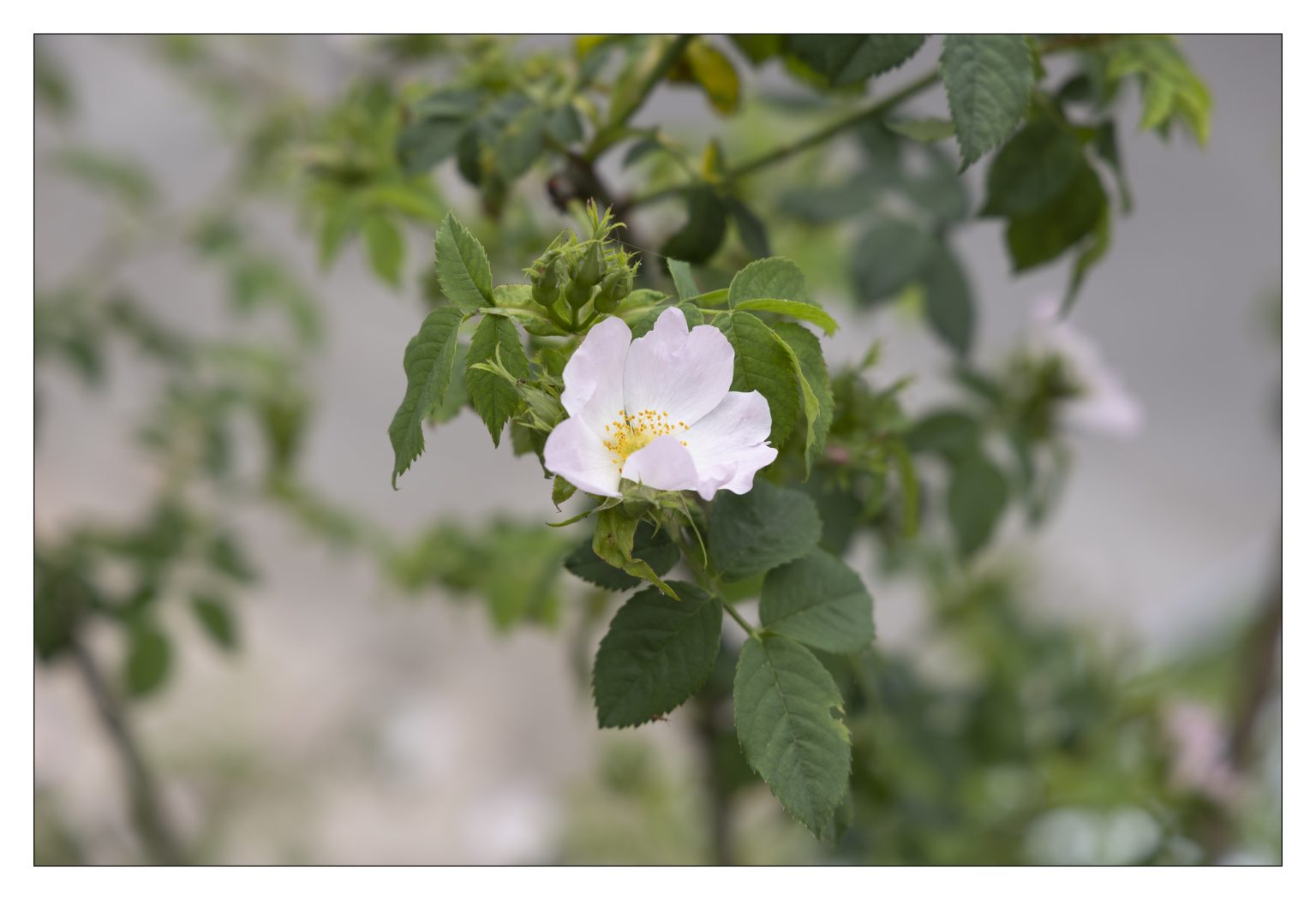
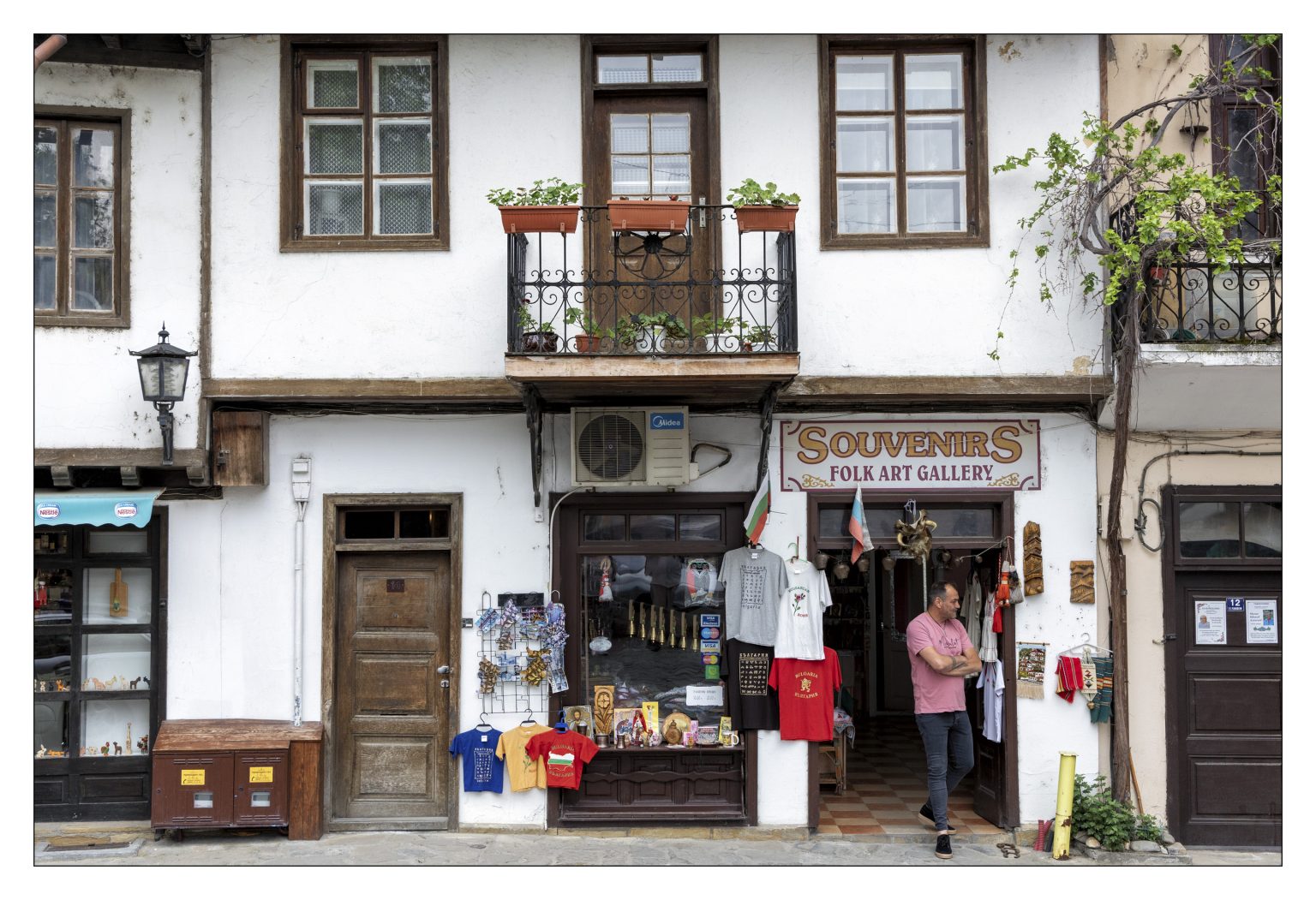
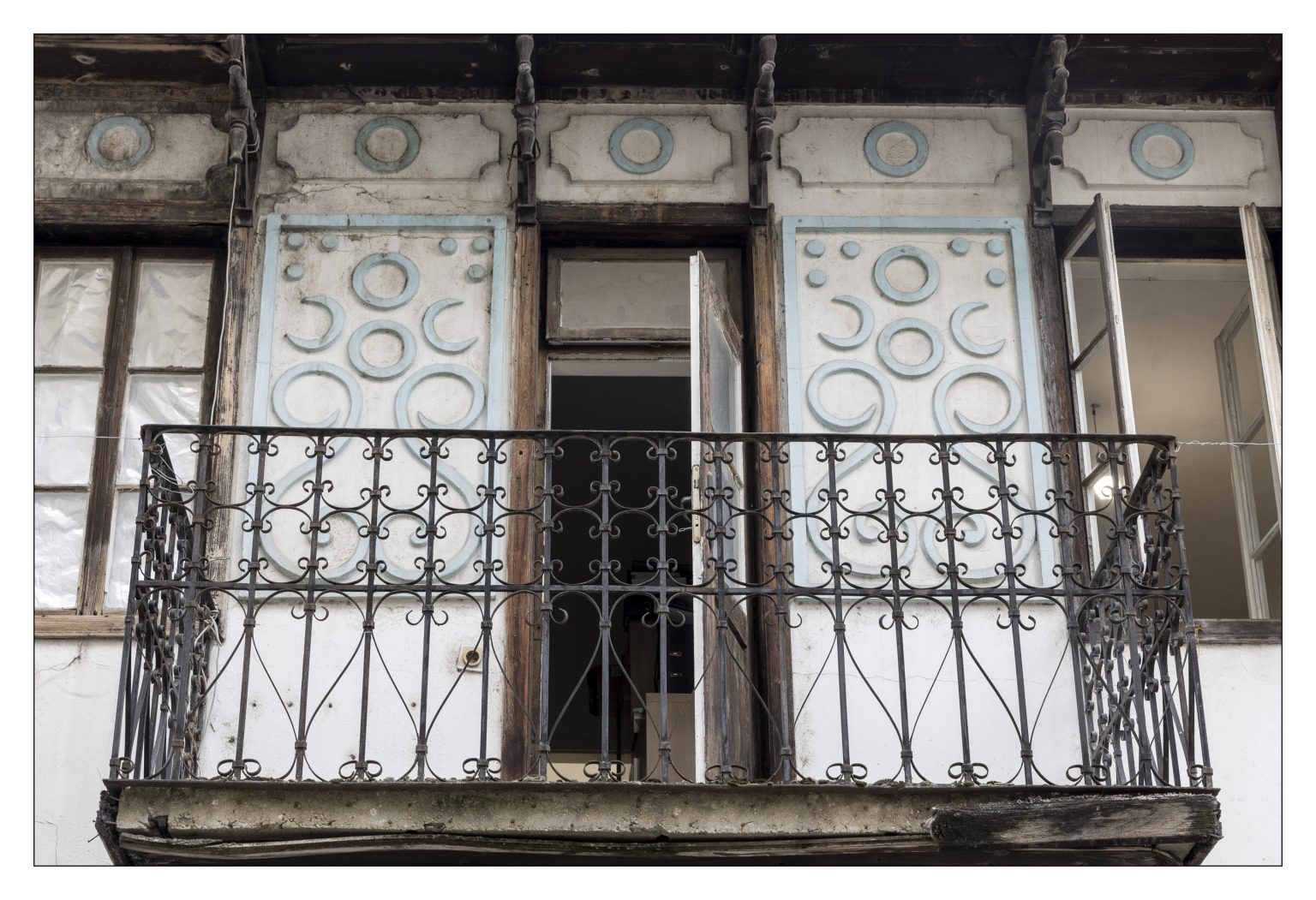
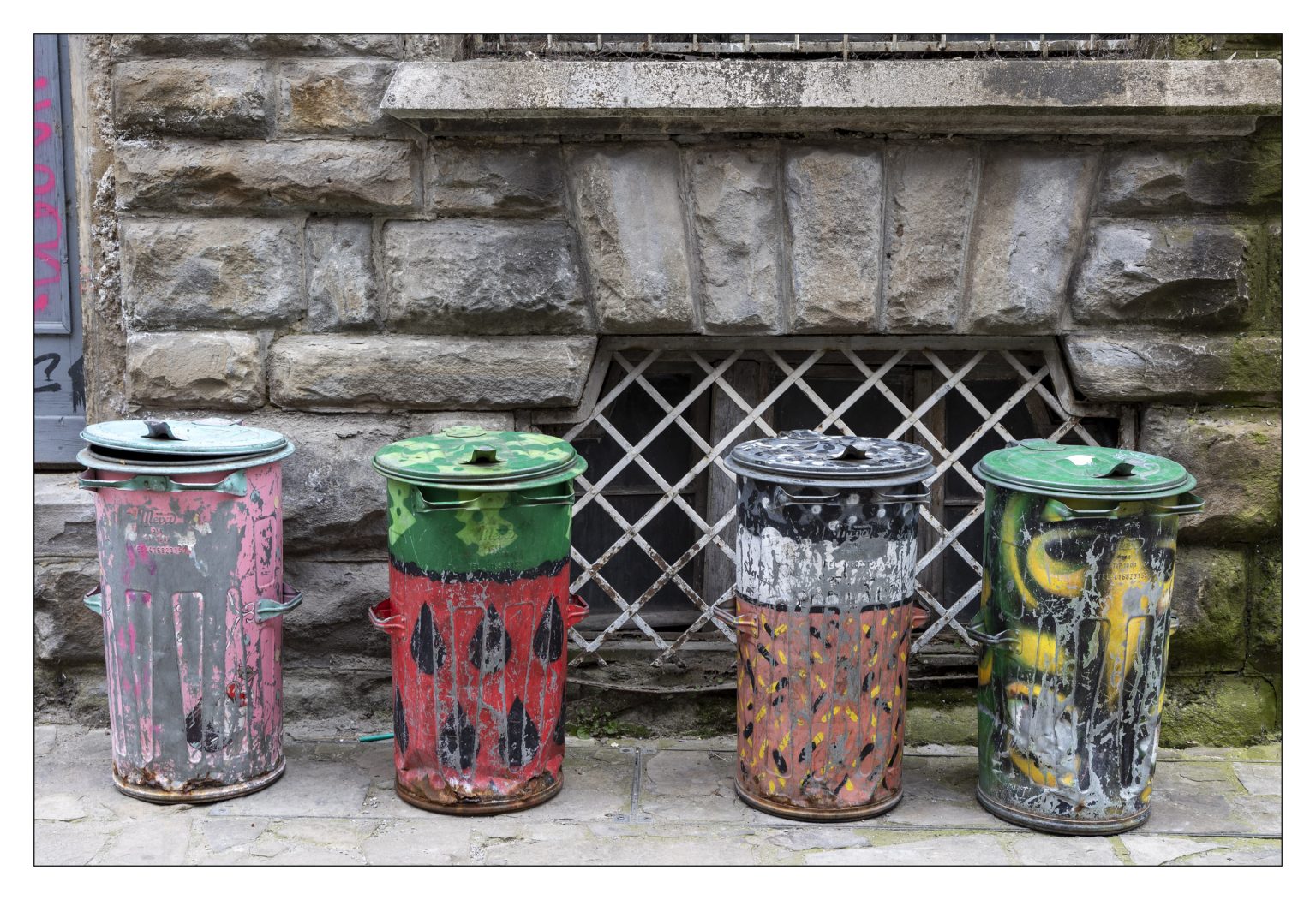
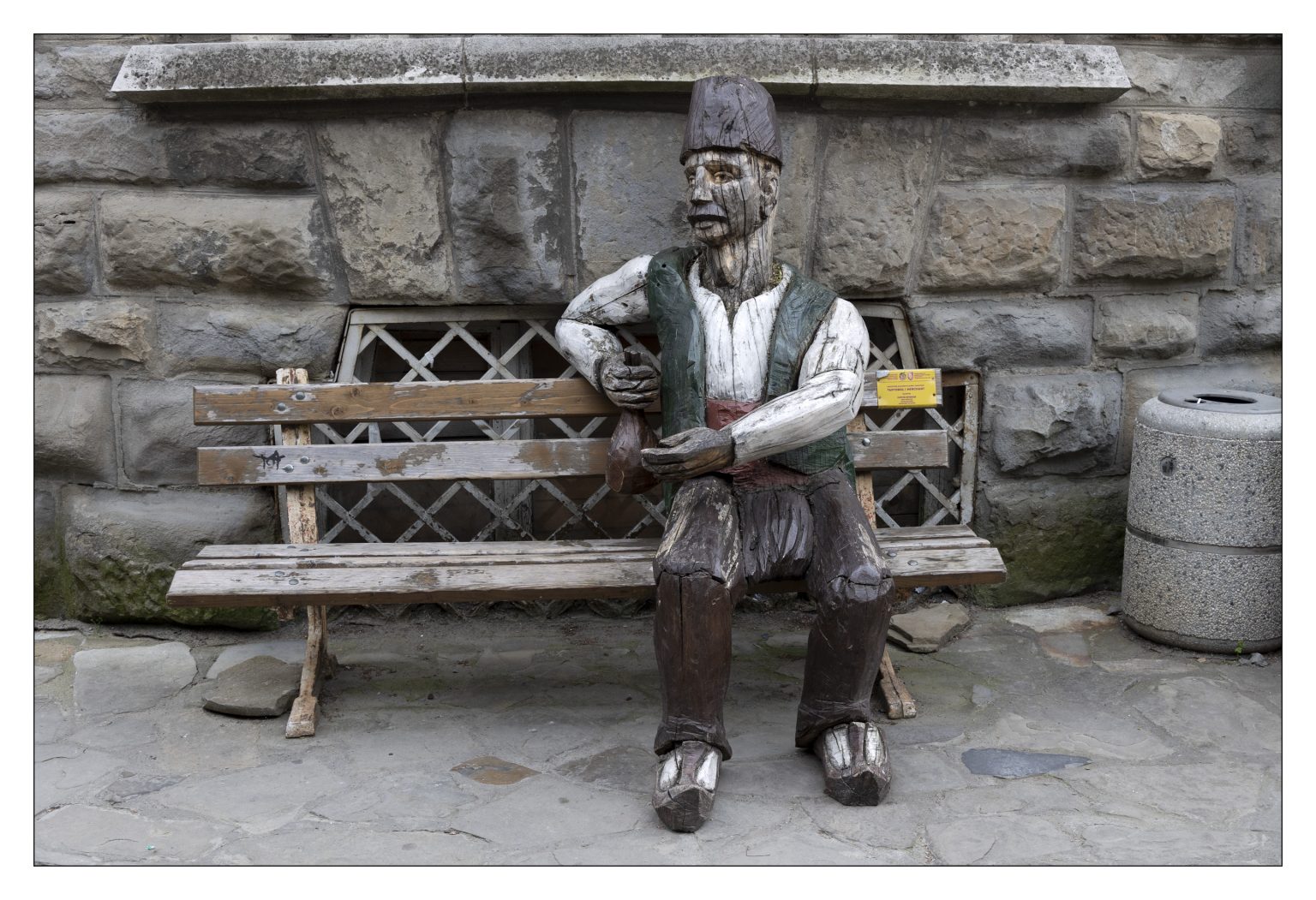
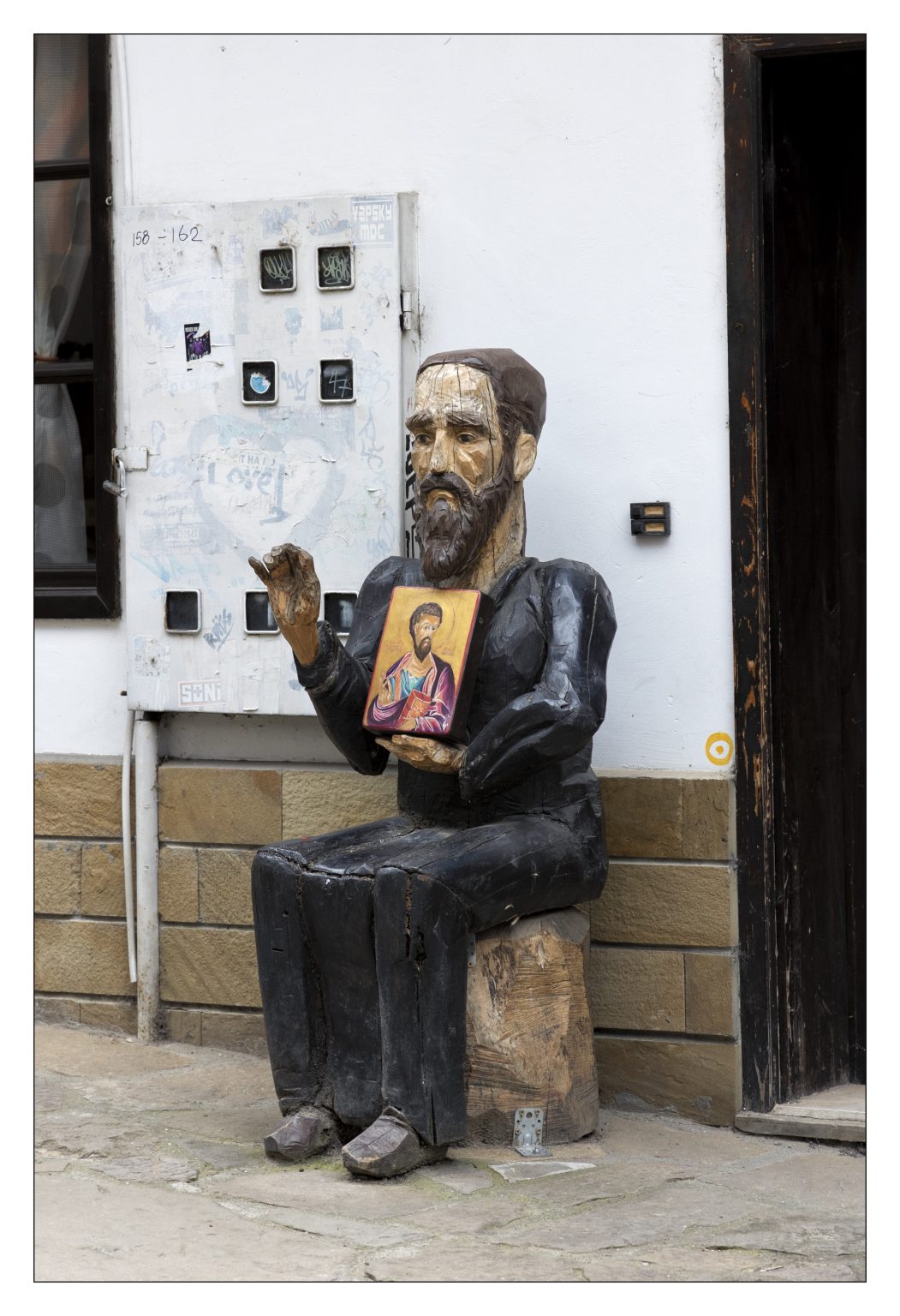
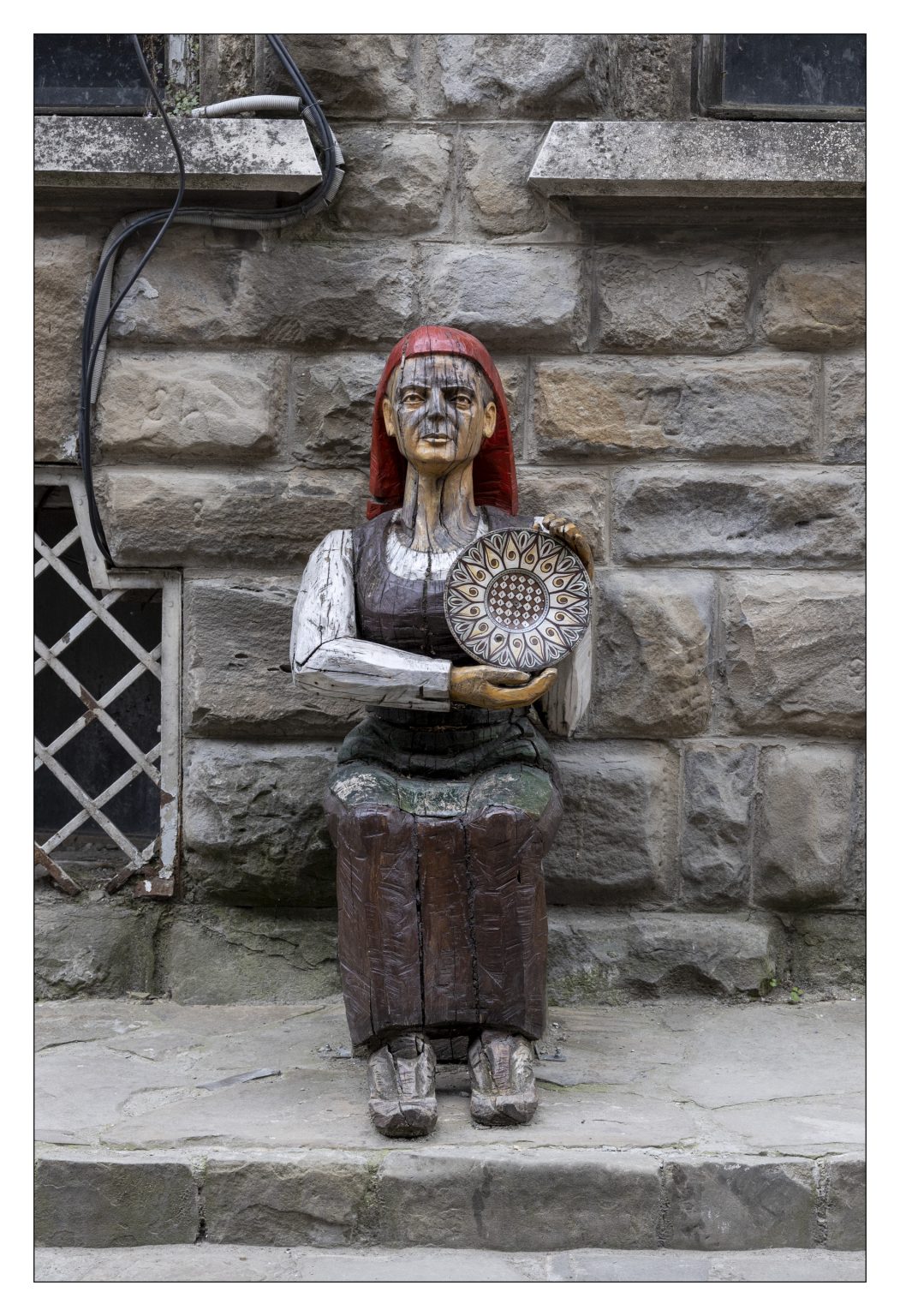
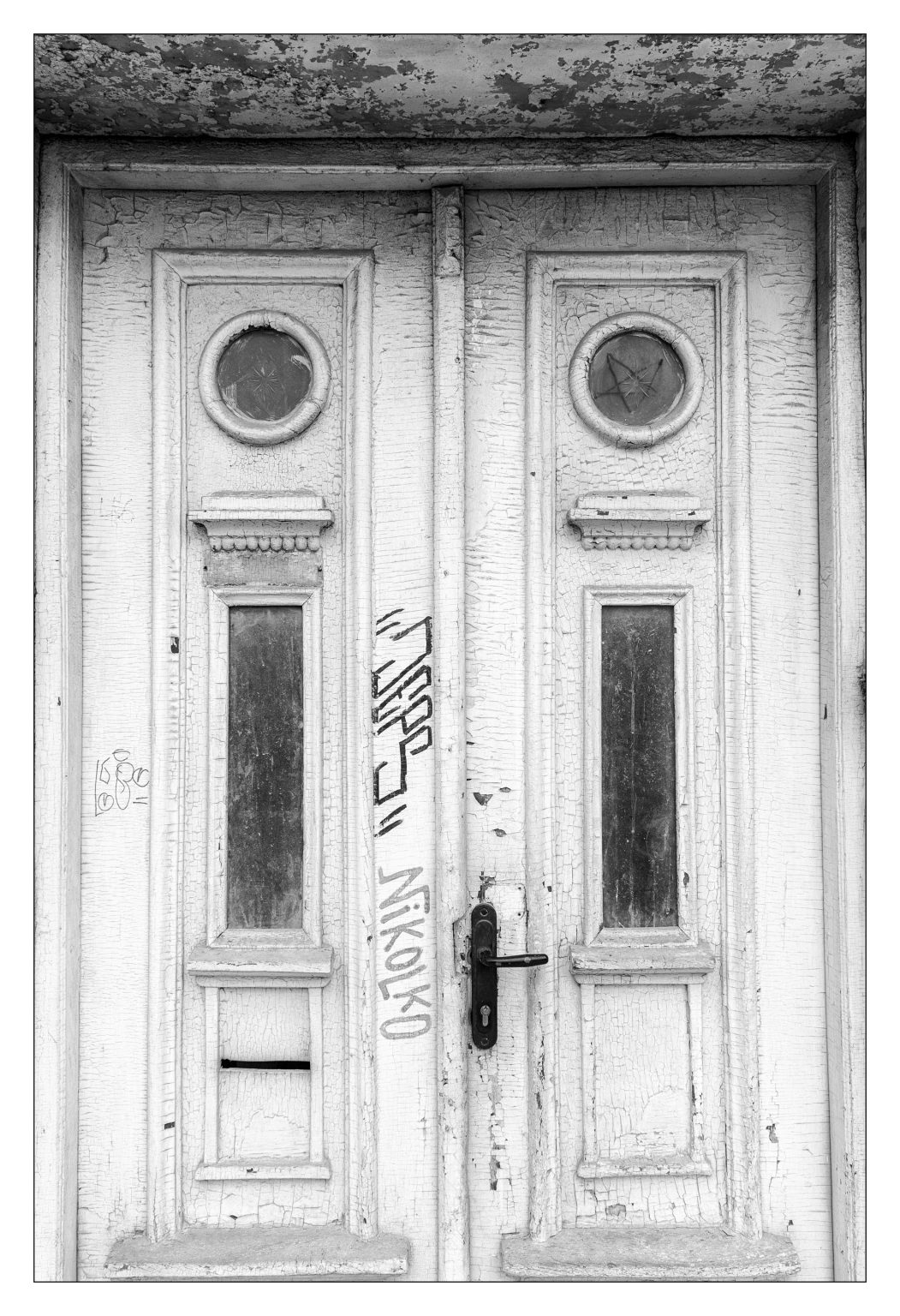
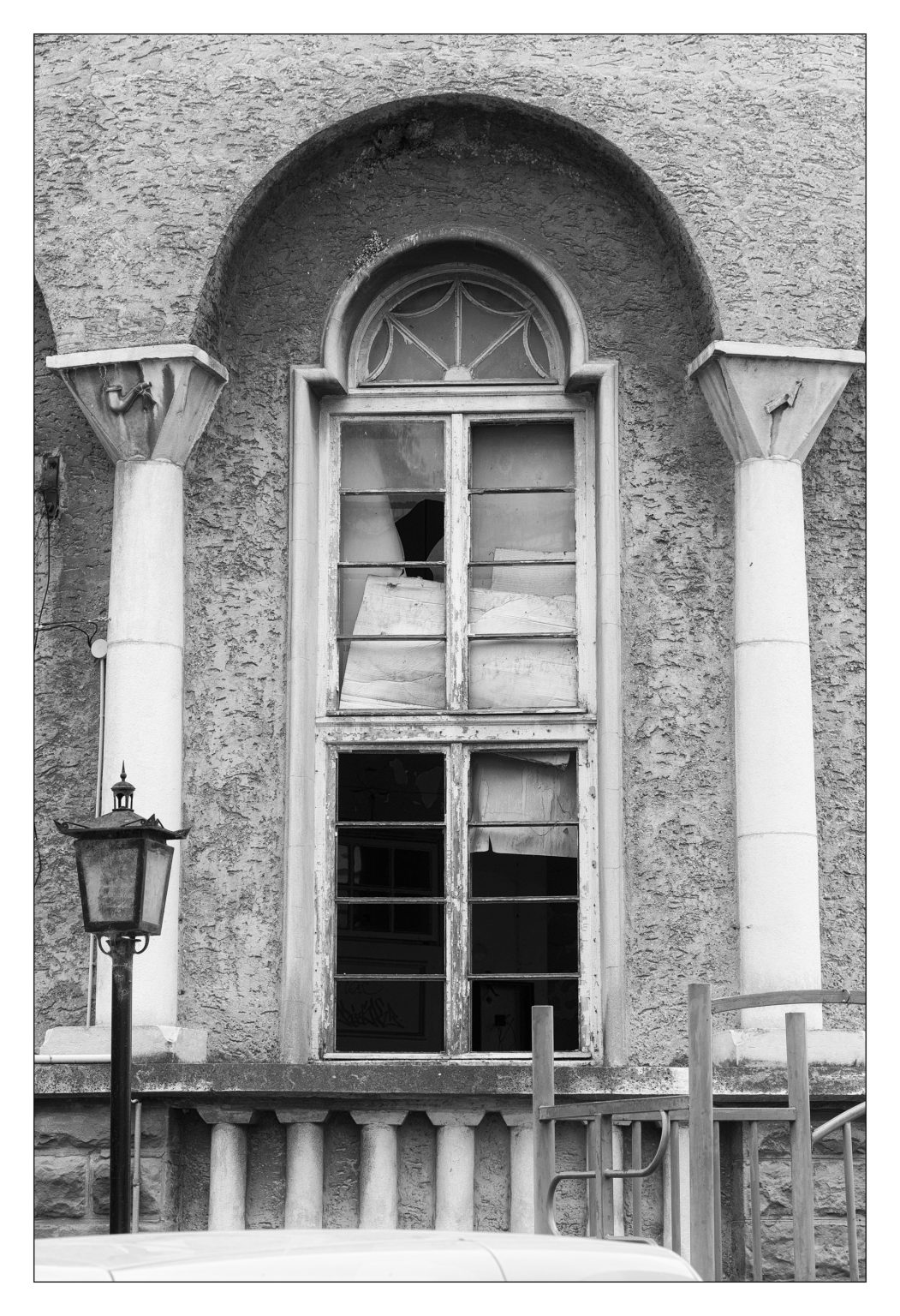
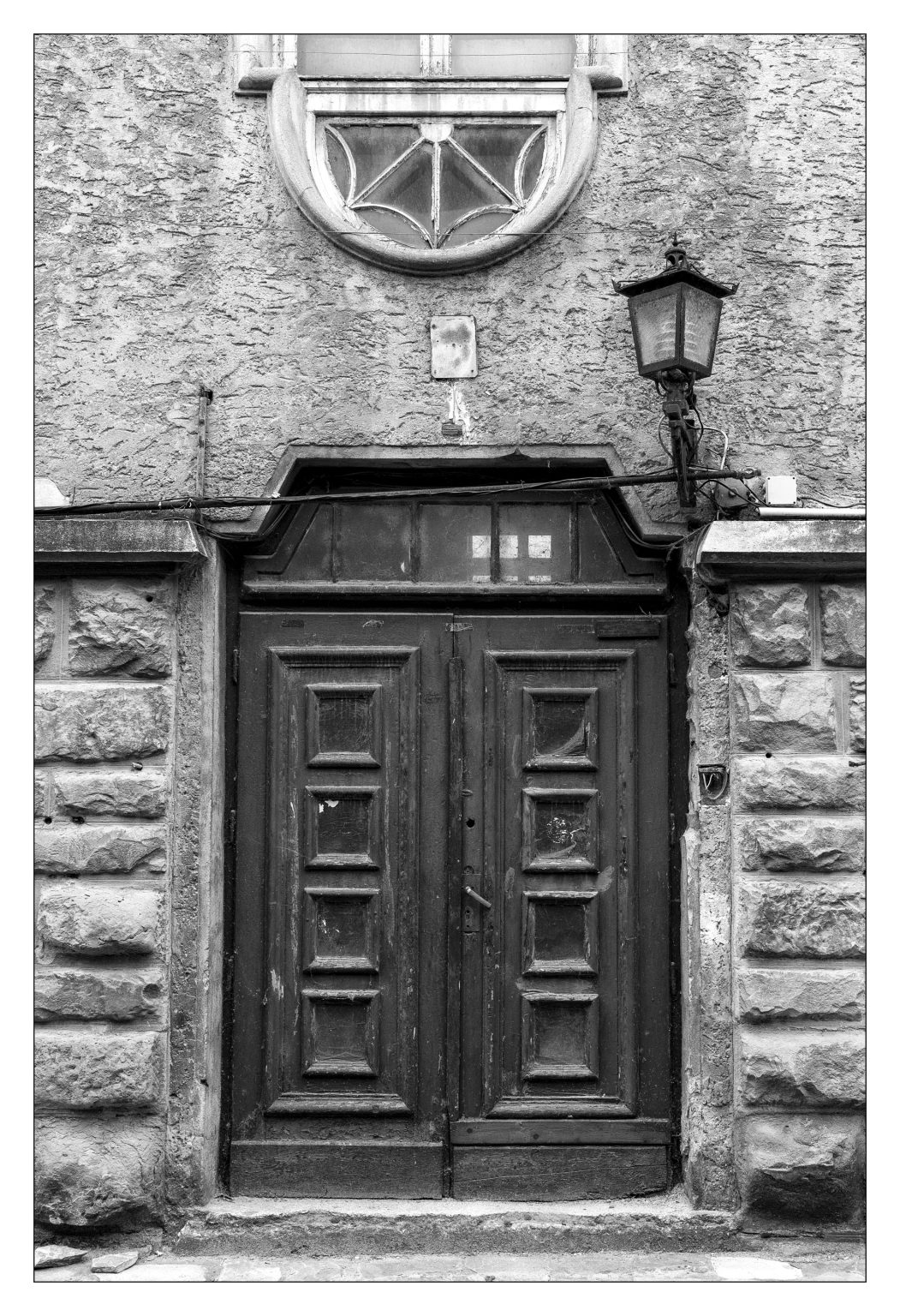
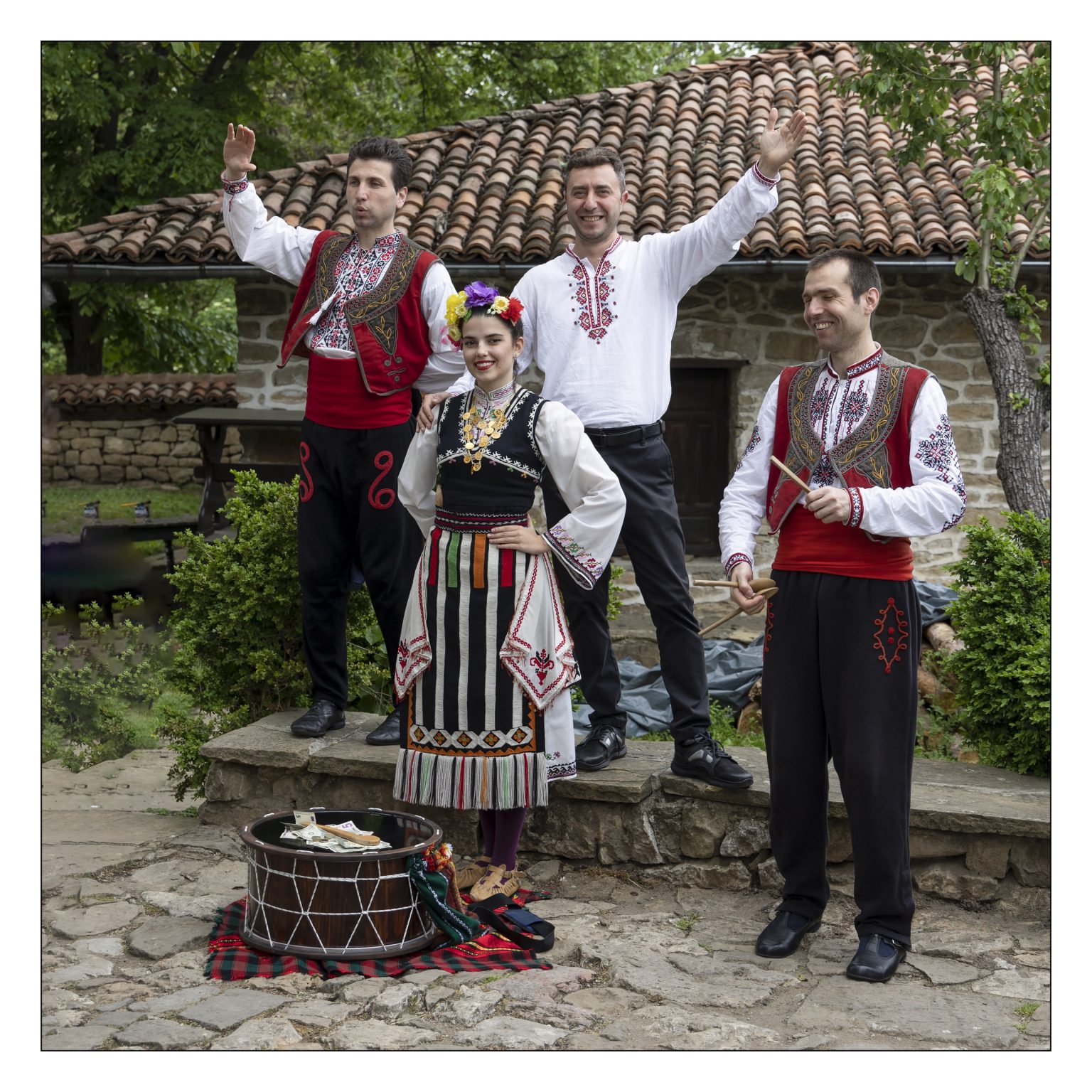
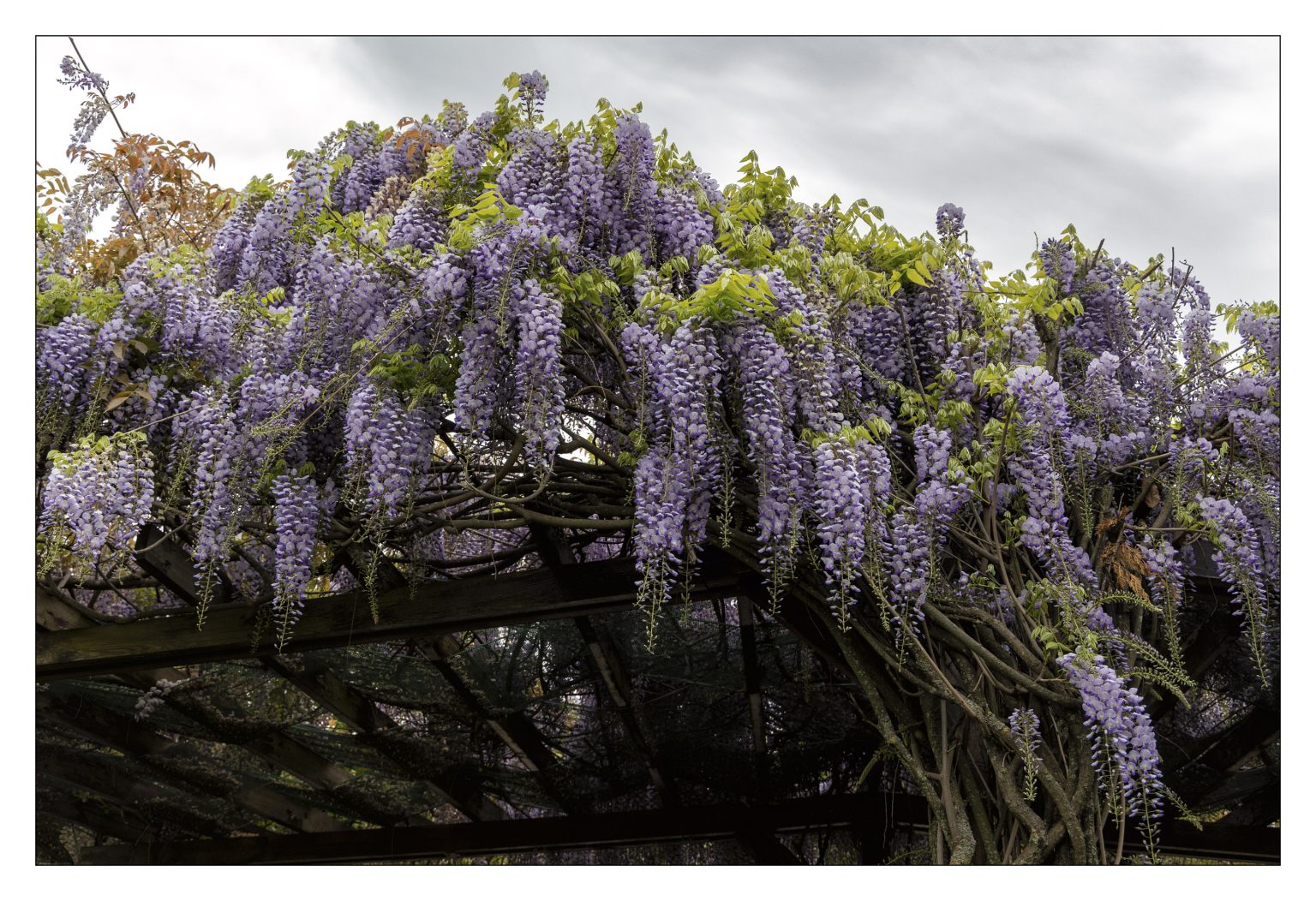
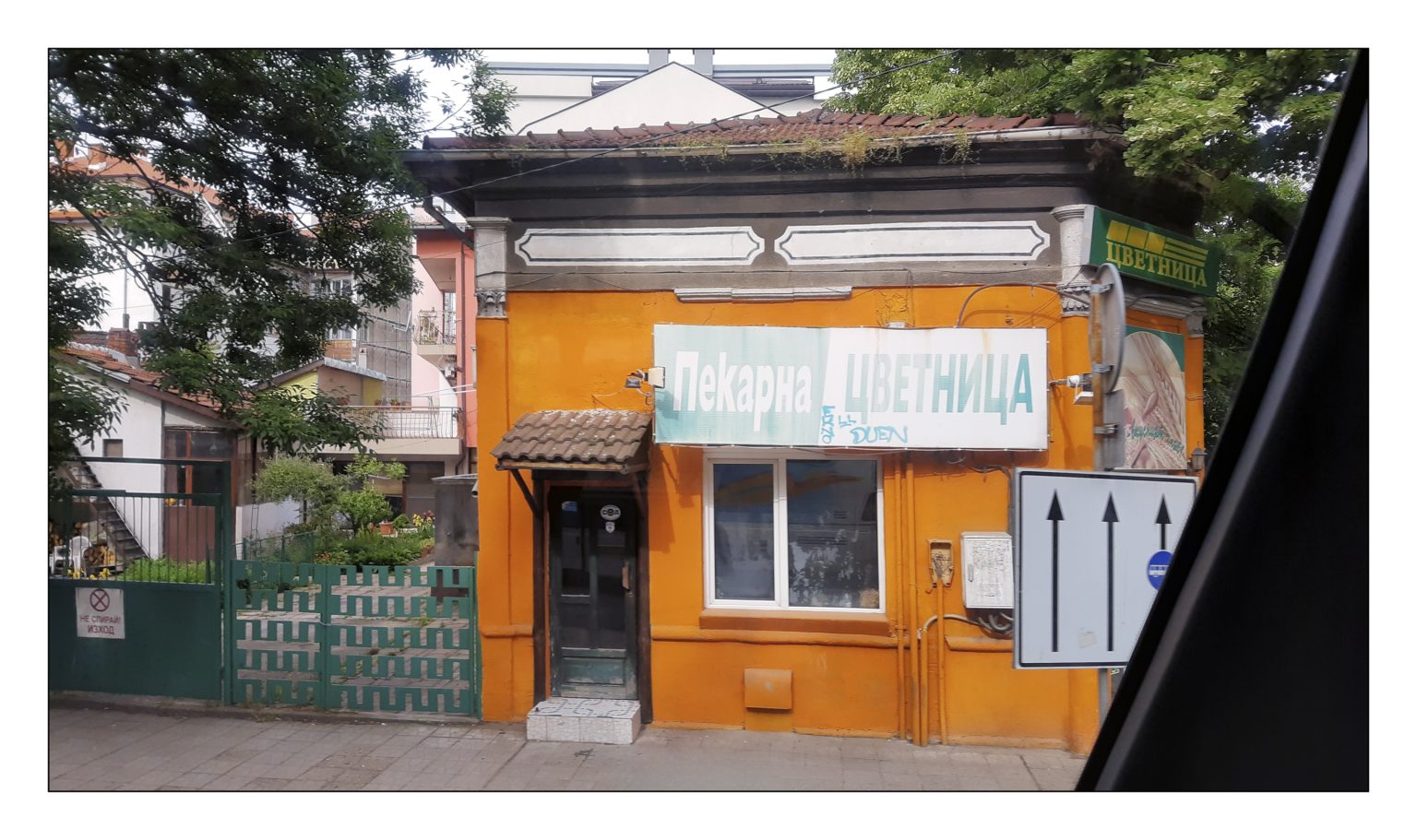
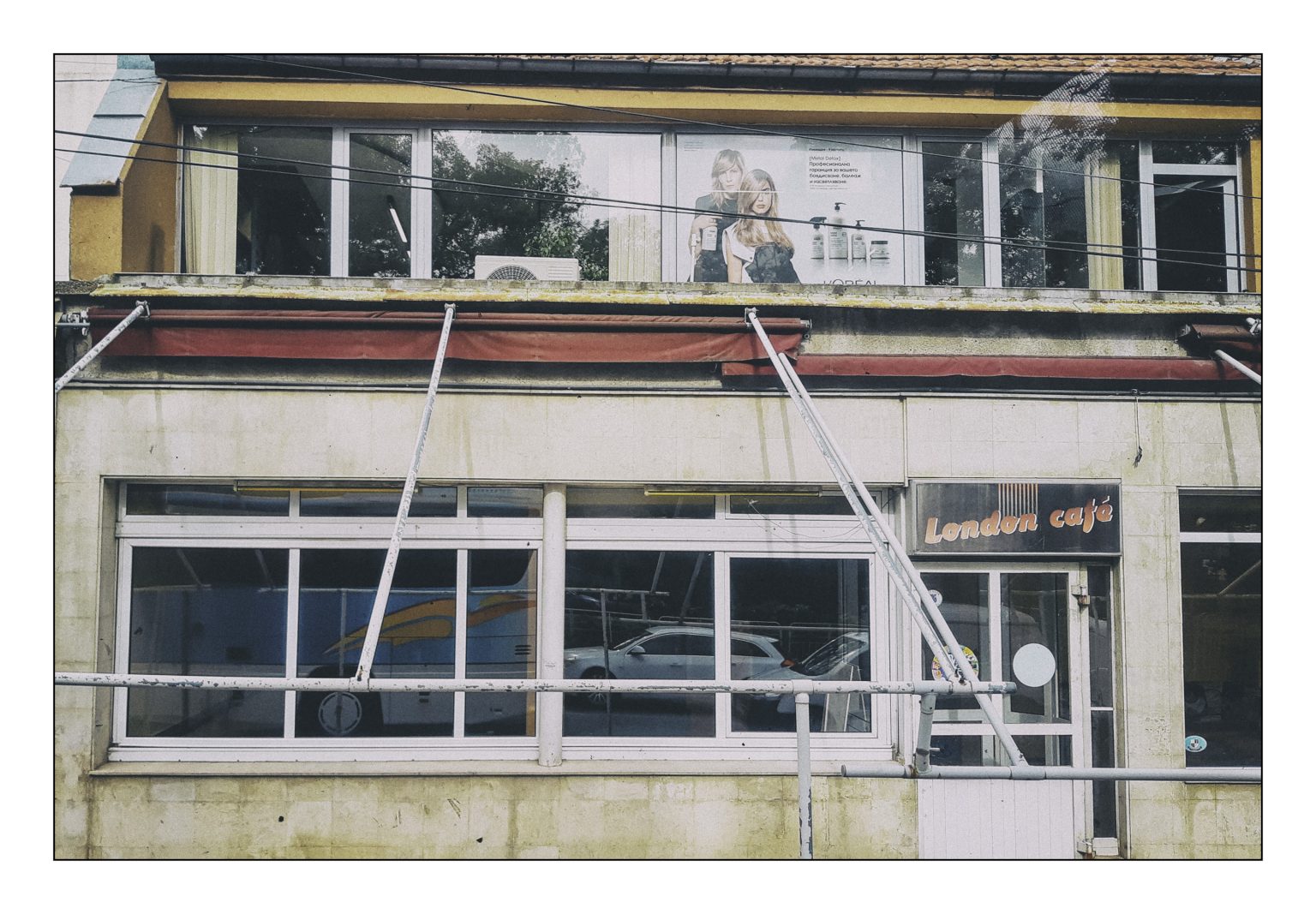
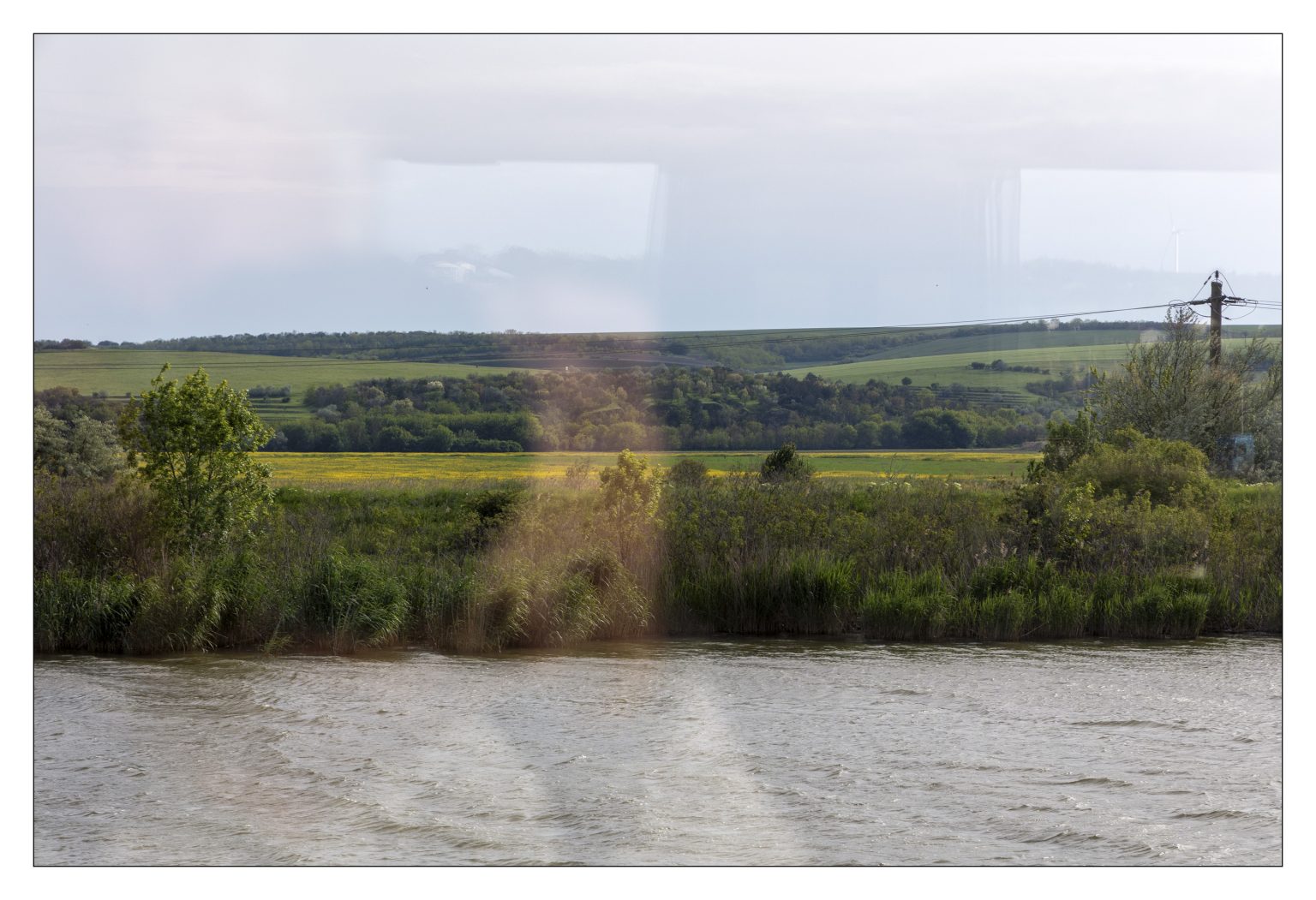
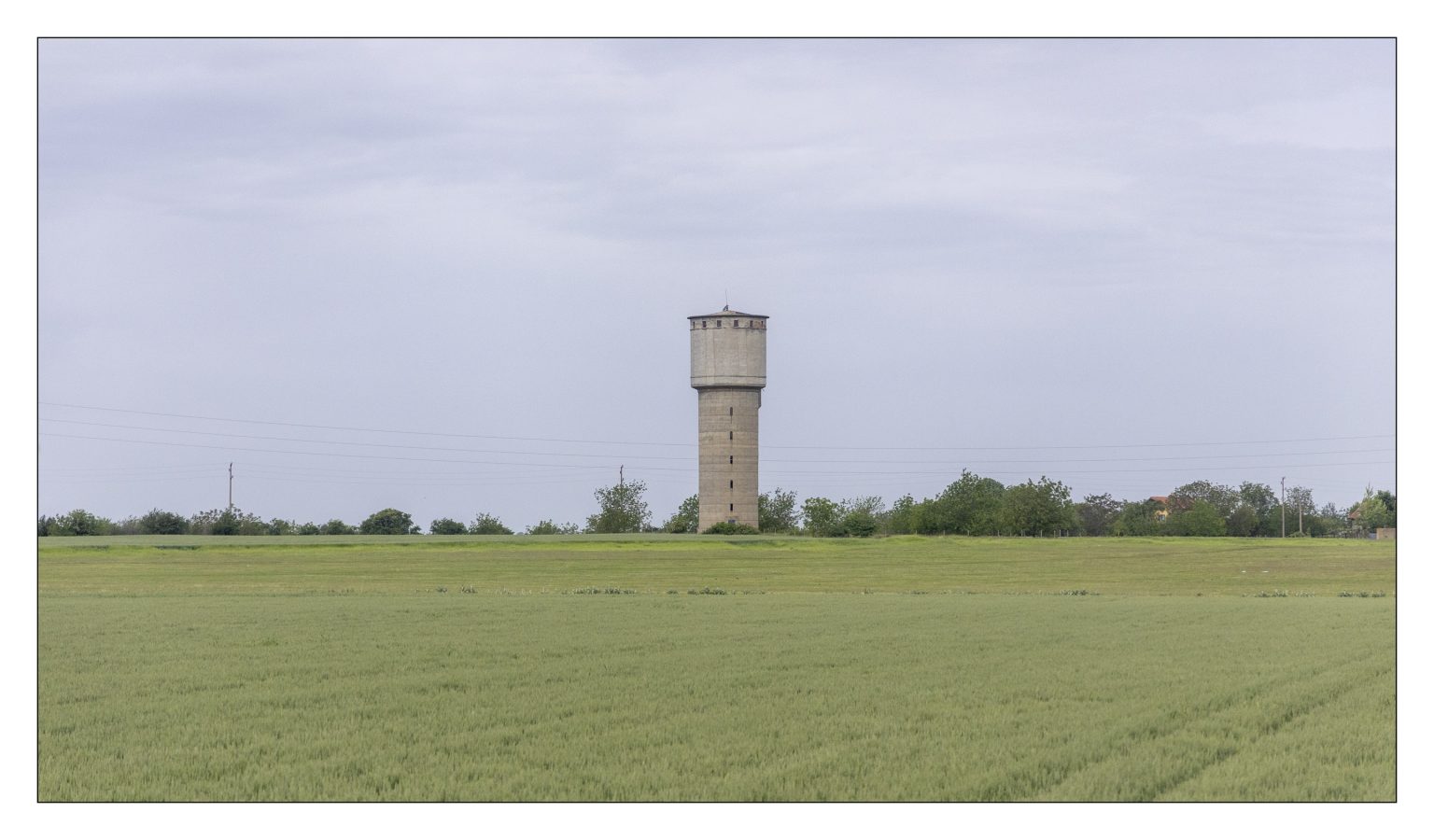
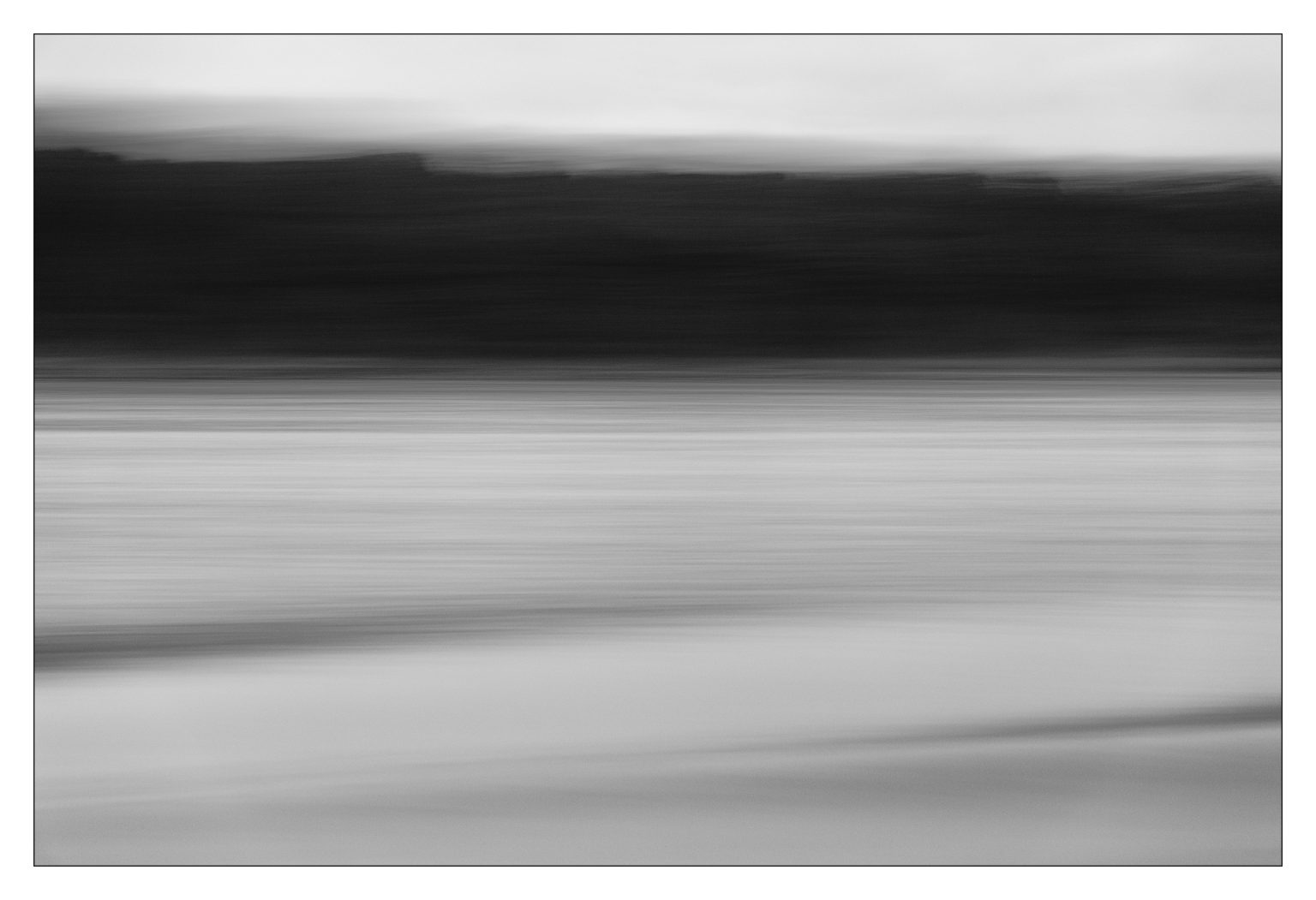
I had not known that about Jackdaws. I suppose I could have asked Mrs Google, but that’s no fun. In fact, I am coming around to the position that it’s good to not know all things. Not knowing something is a certainty that can be relied on. Once you “know” something, one has to ponder how reliable that information is. How complete, how accurate it might or might not be. What contexts is it is valid or not. What exceptions or special cases pertain to it.
All that is before considering what Mrs. Google thinks of your question. It used to be that she wasn’t evil. That changed some time ago, but the full realization is still sinking in. Imagine if some nefarious hacker was able to access you search history. They could then supply the context for your query. What you thought was a passing idle fancy, might be construed as a threat to the state, dropping you into a Kafkaesque nightmare. It isn’t much of a stretch to consider that Mrs. Google might BE that nefarious hacker. I think I’d rather go up against Skynet with a slingshot.
Learning so much! I hadn’t known there was a First Bulgarian Empire, let alone a second.
To the photos, after a couple visits.
1- Something about this pleases me enormously. The yellow and blue and faded concrete somehow go together well. I note the trip wire to signal an overheight boat, and wonder what alarms it might trigger to stop the boat pilot.
2-I once took a photo of a railway tunnel at about the same distance. I’m still happy that nobody has found it practical to put advertising in such places, made of LED lights timed to present a message to helpless passengers.
6- The sense of depth, with the path leading past the lion, under the arch, and up the hill to the tower, is fun.
10- I’m not sure I’d want to go out on that balcony, regardless of how well composed it is.
12, 13, 14- I am unsure what I think about the carved people. Someone put a lot of work into them, but I’m not sure why or for what purpose. Then again, it’s folk art, so there is no higher purpose than it making someone happy.
15, 16, 17- There is something very forbidding about these openings. They do not spell welcome. The textures are wonderful.
18- I’ve looked at this one for a while now. Somehow the subjects seem to be unnaturally still and stiffly posed. I’m guessing that they’re between songs or dances, but it doesn’t feel that way. Maybe they’ve done it so often they’re like a wind up toy. Maybe they secretly are wind up toys.
20- I now wonder what Nekapha and Ubethnua are. But I’ve gone this long not knowing, and I’m quite sure I can carry on not knowing. And that’s a reliable fact.
21- I’ve always been partial to bars or cafes named after a place. The most famous one is Rick’s. Not the real one, now open in Casablanca, of course, it’s more famous namesake Rick’s Café Americain. There have been times I think I would have liked to be running a seedy but mysterious bar in some remote corner of the world, named Keith’s Calgary Cafe. Maybe the owner of the London Cafe would like to sell. Hmmm.
23- Pity about the power lines. I am completely baffled by what the original purpose of the structure is, and what use it might be put to today.
As you might have gathered by the wide ranging, diverse, dare I say off topic comments, I’m procrastinating here. Next I’ll probably do a quick wander through VERO, and then contemplate the life of Vivian Maier and her approach to editing photographs.